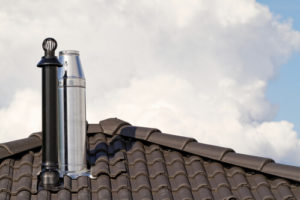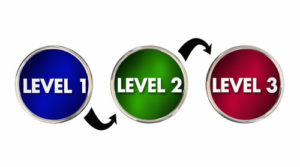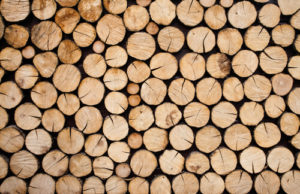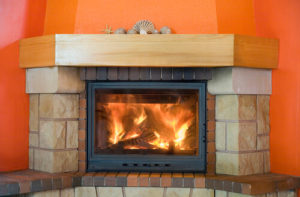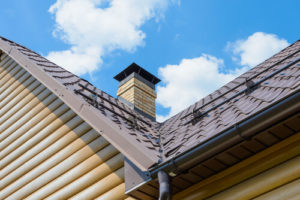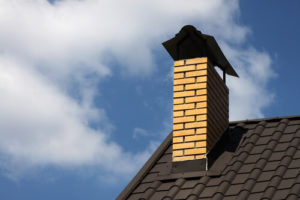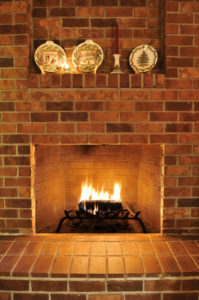Keep a Clean Chimney for Santa
Your fireplace may be the most popular aspect of your home this season. The adults can relax by the fire after the kids go to bed, use it as a backdrop for countless festivities and photographs, and even save on utility costs by lighting a fire for zone heating. The real moment for the fireplace to shine is Christmas morning, though. Stocking stuffers, gift exchanges, and family photos are just the beginning. The Jolly Elf himself makes his entrance by way of the fireplace! If you have a fireplace, you are one step ahead of everyone else, but it’s more important than ever to make the experience great for everyone (including Santa Clause), by keeping the chimney clean.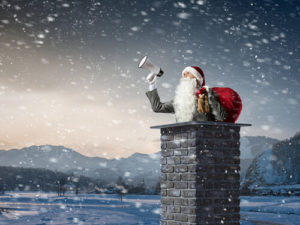
Routine Maintenance
You might have your dream fireplace, but the best way for it to work like a dream is to keep it well-maintained. The National Fire Protection Association (NFPA) and the Chimney Safety Institute of America (CSIA) both recommend regular chimney sweeps and annual chimney inspections to keep your chimney system working safely and efficiently. Keeping up with this maintenance will make your chimney system work well year after year. The damaged, broken, and forgotten chimney is one that has been neglected. Make sure your fireplace is in tip-top shape for Christmas and all year-round by scheduling your chimney sweep now. Chief Chimney Services offers chimney sweeps and inspections year-round, to best serve our customers in Suffolk County area.
Why Clean Your Chimney
A clean chimney is a chimney that works well. When you schedule a chimney sweep with Chief Chimney Services, a certified technician will come into your home, and clean your chimney from top to bottom, removing all creosote, ash, and soot from the fireplace and flue.
While we’re there, we’ll also:
- Check the flue for cracks or obstructions that can affect airflow and cause a drop in efficiency
- Check the cap and crown for damage that can cause water damage and allow animals into the flue
- Check that the damper is functioning properly so that drafts don’t affect your chimney, waste your central heat, or cause smoke to push into your house
- Check the masonry for water damage, cracks, or gaps that can cause a drop in efficiency, raise the risk of fire, and put your family at risk for carbon monoxide intrusion
- Check the firebox for damage
Besides checking traditional wood-burning masonry fireplaces and appliances, we also specialize in gas and oil-burning appliances.
Contact Us
It’s not that Santa needs the cleanest chimneys possible. It’s that he, like Chief Chimney Services, wants every boy and girl and family to be safe and warm this holiday season. When you hire a professional to clean your chimney system, you will be your safest. You will have less issues with your fireplace, and you will need less services in general. Give yourself a Christmas gift this year, and hire Chief Chimney Services to clean your chimney.
Call 631-863-2460 or schedule online.


